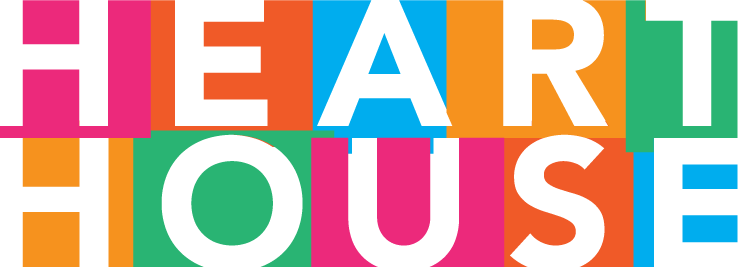
As politicians in Washington haggle over the future of our immigration policies, there is one group of immigrants that desperately needs assistance: refugee children.
Imagine being forced to flee from your home and the chaos that would ensue as you resettle into a new country with a new language that you don’t understand. The weight of the trauma you carry is only intensified as you navigate through a culture you know nothing about. Refugee children are faced with many barriers to successful acculturation. Their typically high levels of exposure to war-related trauma can have profound consequences for their mental health, including behavior problems, mood and anxiety disorders, post-traumatic stress disorder (PTSD), and a range of other adjustment difficulties.
Refugee children are the most vulnerable in the world, often living in environments where they dodge bombs and land mines, and are susceptible to rape, hunger and death.
The United States is home to the largest resettled refugee population in the world, and continues to accept more resettled refugees for admission annually than all other resettlement countries combined.
It’s a major challenge for U.S. schools to provide healthy development for this population, given not only the language barriers, but the reality that many have limited prior education. The educational experience for refugee children too often focuses on their post- arrival needs and not enough on their history and education experience in their country of origin. Studies have demonstrated the need for educational programs to focus less on achieving state academic standards with these students and more on understanding the student’s unique challenges. Students are generally placed in classrooms based on their age and not their academic readiness, making it even more difficult for them to adjust to their host country.
Undoubtedly, an individualized plan tailored for every refugee student in the US would incur an enormous cost. However, incorporating social emotional learning (SEL) would improve the lives of every student in the classroom, not just refugees.
Social emotional competencies include self-regulation of emotions, self-awareness, emotional stability, relationship skills and responsible decision making.
There is evidence that they serve as protective factors that support and predict success in academics and on the labor market, as well as general well-being by helping students to achieve and develop to their full potential. It just so happens that social emotional learning would greatly benefit refugees. By incorporating SEL into the public system, SEL becomes part of the cost of doing public education rather than an additional cost of supporting refugees.
Effective newcomer programs are designed to support new students who’ve lived in the United States for less than two years with a tailored and individualized curriculum . For example, in Dallas, these multi-level programs help provide students with the extra attention they need and deserve to thrive within their school districts. Although most newcomer programs have ESL (English as Second Language) certified teachers, most are not equipped to deal with refugee communities. Experts recommend that a main component of newcomer programs include provisions for parents in supporting their child’s education.
The research shows that an educational system that caters to parental involvement of war torn children has a better chance in educating the whole child and achieving successful acculturation. Engaging parents in school dialogue and establishing trust is a critical step when it comes to providing mental health intervention.
We need comprehensive programs to address refugee students’ academic and social needs. Providing mental health services like social emotional learning, play therapy, art therapy and access to counseling should be core components of any such program. Heart House is one such program that provides this comprehensive approach to supporting refugee children in the Vickery Meadow community in Dallas with their innovative Head, Heart and Hands program. At Heart House refugee children engage in activities such as mindfulness, play therapy, closed reading, cultural potlucks, and entrepreneurial programs like Lemonade Day.
International Rescue Committee, an international refugee services and resettlement organization, has implemented counseling services amongst their sites throughout the world. The Los Angeles Unified School district has also incorporated mental health wrap around services to support students dealing with trauma.
In the current political climate, many argue whether resettling refugees in our country is wise. That it’s a debate doesn’t negate the fact that there are thousands of refugee children already living in our nation who need our attention and support on a variety of levels if they are to become truly functioning American citizens.
